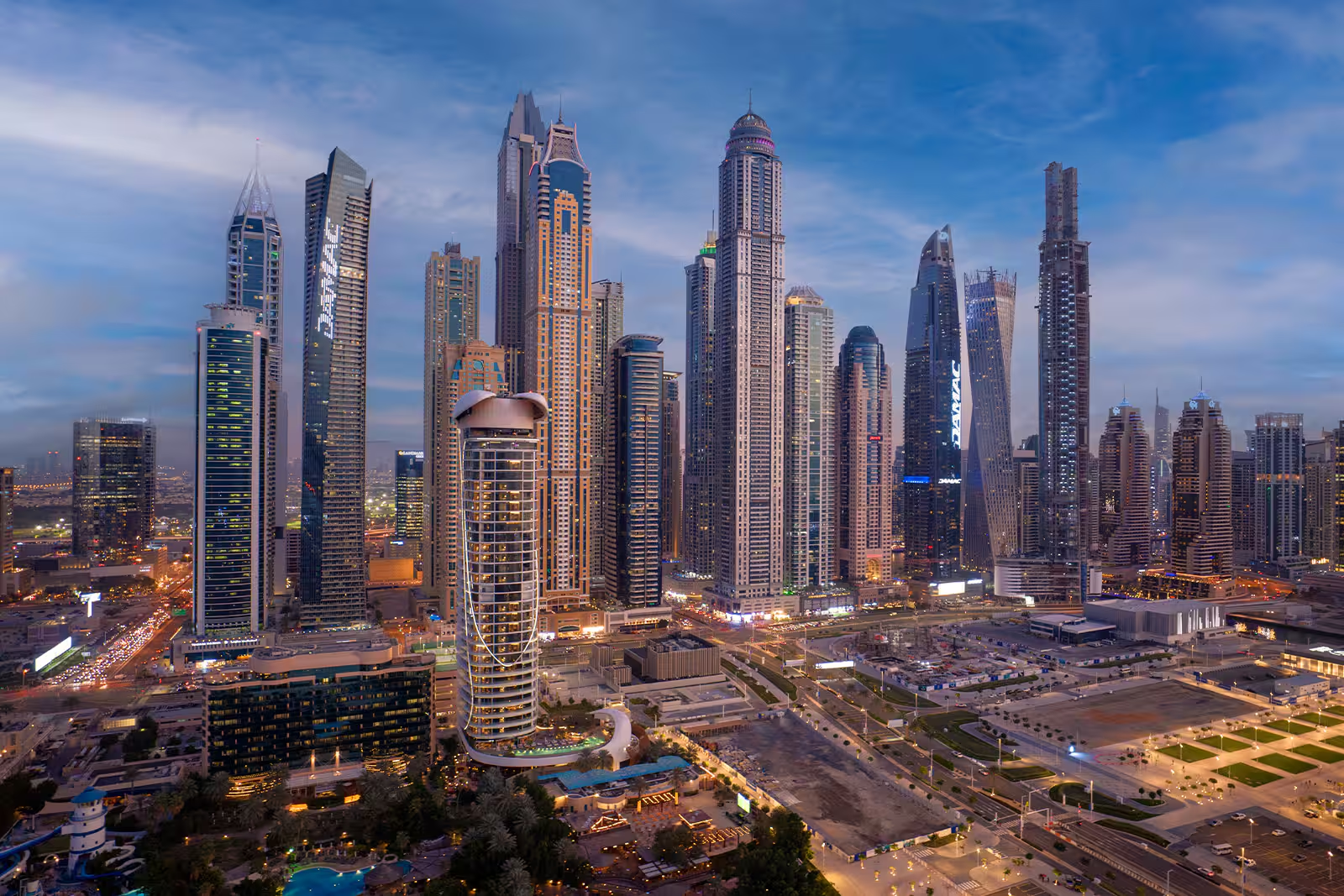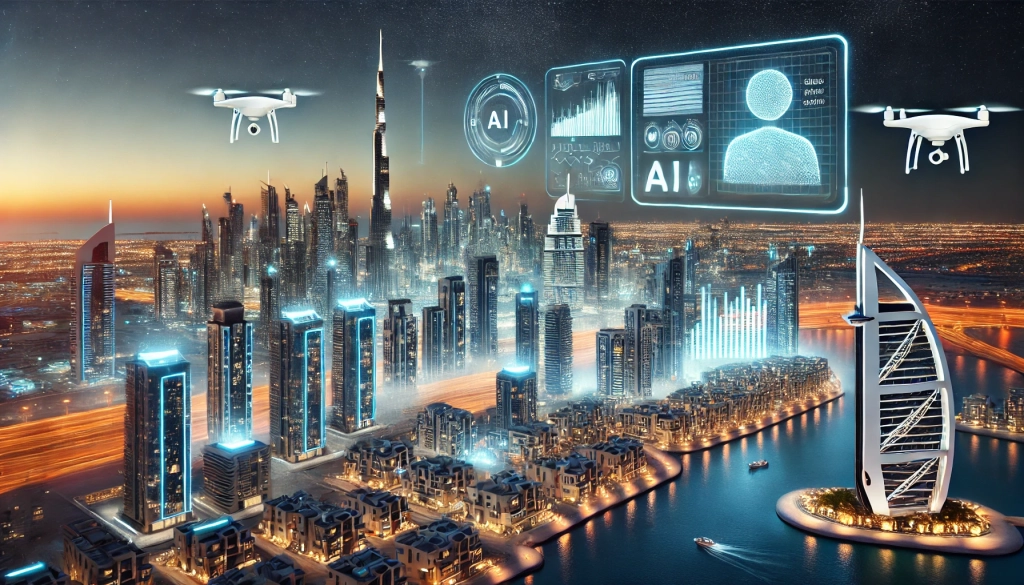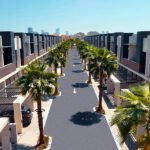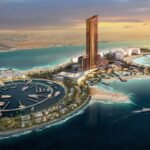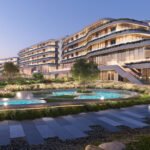Now Reading: Abu Dhabi urban growth surges with 30m sqm projects
-
01
Abu Dhabi urban growth surges with 30m sqm projects
Abu Dhabi urban growth surges with 30m sqm projects
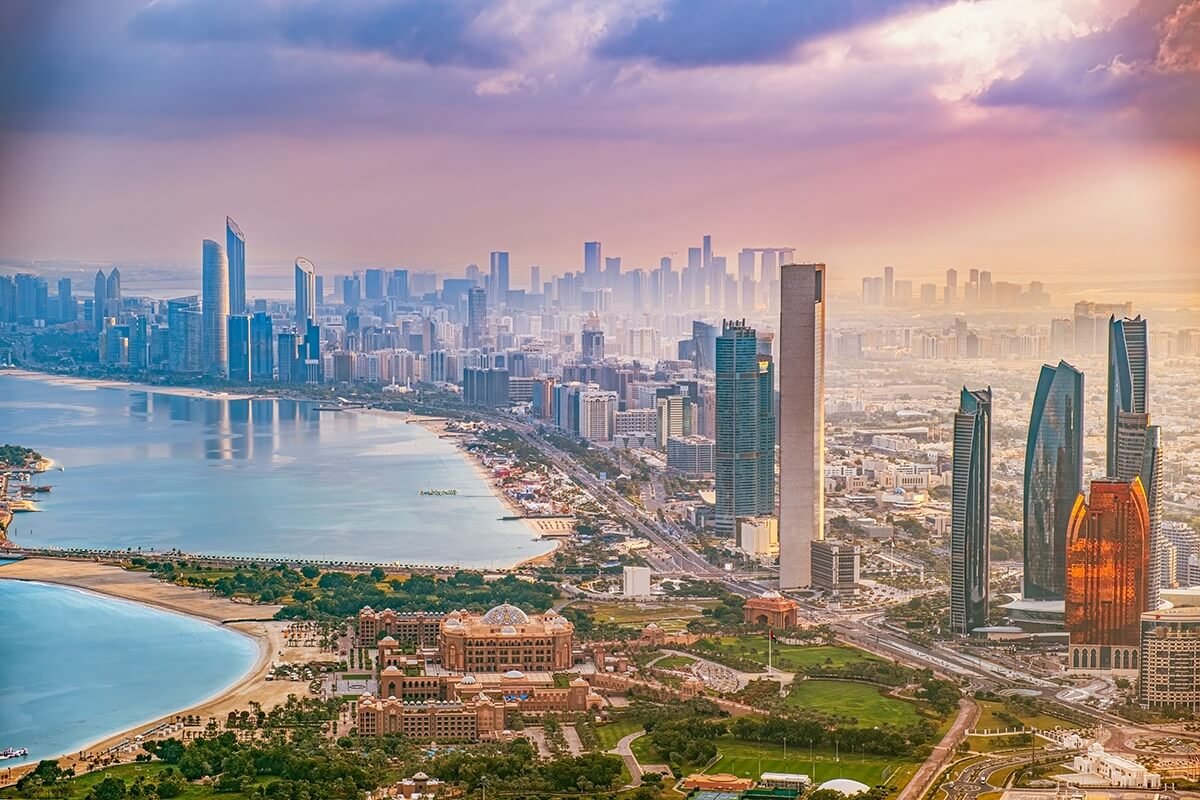
Abu Dhabi urban growth is reaching historic levels, as authorities have approved 30 million square meters of new projects that will reshape the city’s landscape. The latest expansion wave marks the largest surge in development in recent memory, combining real estate, infrastructure, tourism, and community projects designed to prepare the capital for decades of population and economic growth.
The record-scale approval reflects the emirate’s ambition to become a world-leading hub for innovation, sustainability, and lifestyle. With investments spanning housing, commercial zones, entertainment districts, and smart infrastructure, Abu Dhabi is setting a benchmark in modern urban planning.
Why this surge in urban growth matters
Abu Dhabi’s leadership has consistently placed urban development at the center of its long-term vision. The emirate is home to one of the fastest-growing populations in the region, supported by robust economic diversification policies. Approving 30 million square meters of projects demonstrates both confidence in the city’s future and a proactive response to anticipated demand for housing, jobs, and infrastructure.
This development boom is not only about size. It represents a carefully designed strategy to ensure sustainable growth that matches international standards. The city is expected to attract new residents, global investors, and businesses seeking opportunities in a well-planned, future-ready environment.
A breakdown of the approved projects
While details continue to emerge, the newly approved developments cover a wide range of urban sectors. The 30 million sqm allocation includes:
- Residential communities: Expanding housing options for Emiratis and expatriates, with a focus on sustainable living spaces and smart-home technology.
- Commercial districts: Creating business hubs that support Abu Dhabi’s growing role in finance, technology, and trade.
- Tourism and leisure zones: New hotels, entertainment venues, and cultural attractions that strengthen the city’s position as a global destination.
- Green infrastructure: Parks, public spaces, and environmentally friendly projects designed to enhance quality of life.
- Transport links: Roads, metro connectivity, and mobility solutions integrated into the urban design.
This diverse mix ensures that growth is balanced across sectors, rather than concentrated in a single industry.
Abu Dhabi’s vision for urban transformation
The emirate’s leadership has long emphasized the importance of aligning development with the wider UAE Vision 2030 strategy. Central to this vision is building a diversified economy less dependent on oil, with strong contributions from tourism, technology, education, and logistics.
Urban expansion plays a direct role in achieving these goals. By developing modern neighborhoods, world-class facilities, and cutting-edge infrastructure, Abu Dhabi enhances its global competitiveness while also ensuring its citizens and residents enjoy a high standard of living.
The approval of 30 million sqm of projects is not an isolated step. It builds on years of investment in flagship projects such as Yas Island, Saadiyat Island, Al Reem Island, and Masdar City. These areas have already transformed Abu Dhabi’s image and attracted international recognition.
Record-breaking scale in numbers
To put the figure into perspective:
- 30 million sqm equals more than 4,200 football fields of land.
- It surpasses previous development waves in Abu Dhabi, signaling the fastest acceleration in urban growth since the early 2000s.
- It involves billions of dollars in investment, creating tens of thousands of jobs during construction and beyond.
- Population capacity is expected to rise significantly, with space for new communities and businesses.
This is not just another property cycle it is a milestone moment in Abu Dhabi’s modern history.
Sustainability at the heart of development
One of the most important aspects of Abu Dhabi’s expansion is the focus on sustainable urban planning. Authorities have made it clear that the emirate is committed to building environmentally responsible communities that minimize carbon footprints and optimize energy efficiency.
Features being integrated into new projects include:
- Smart energy grids and renewable power sources.
- Sustainable water management systems.
- Low-emission transportation networks.
- Green architecture and eco-certified building materials.
- Large-scale parks and preserved natural areas.
This sustainable approach reflects Abu Dhabi’s role in global climate leadership, particularly following the UAE’s hosting of COP28.
Economic impact of Abu Dhabi’s urban growth
The newly approved projects are expected to have a significant economic impact:
- Boost to real estate markets – Expanding supply will attract more investors and residents, increasing activity in both residential and commercial property sectors.
- Job creation – Tens of thousands of jobs will be created in construction, engineering, design, and later in retail, hospitality, and services.
- Tourism expansion – New leisure and cultural attractions will boost Abu Dhabi’s visitor numbers, supporting its vision of becoming a world-class tourism destination.
- Business opportunities – Companies from around the world will find opportunities in construction contracts, partnerships, and supply chains.
- Global visibility – Mega-developments strengthen Abu Dhabi’s brand as a forward-thinking, rapidly growing global capital.
Preparing for population growth

One of the driving forces behind the record expansion is demographic change. Abu Dhabi’s population has been steadily increasing, fueled by both natural growth and immigration. The city needs to prepare for hundreds of thousands of additional residents over the next decade.
By approving 30 million sqm of new developments, authorities ensure there will be adequate housing, services, and infrastructure to meet future needs. Planning ahead prevents shortages and avoids the challenges faced by rapidly growing cities that expand without a clear strategy.
Lessons from past developments
Abu Dhabi has a history of turning ambitious projects into reality. From the creation of cultural landmarks such as the Louvre Abu Dhabi to the development of entire new districts like Al Maryah Island, the emirate has demonstrated its ability to deliver.
Past lessons have also guided a more balanced approach this time. Rather than focusing solely on luxury real estate, new projects prioritize mixed-use communities that serve different income groups and lifestyles. This inclusivity ensures sustainable demand and long-term success.
International comparisons
Urban growth at this scale puts Abu Dhabi among the world’s most dynamic cities. Comparable projects in cities such as Riyadh, Shanghai, and Singapore show how mega-developments can redefine urban landscapes.
However, Abu Dhabi’s unique advantage lies in combining rapid growth with careful planning, sustainability, and cultural preservation. This sets it apart from cities that grew quickly but faced challenges like congestion, pollution, or inadequate infrastructure.
Community-centered approach
While numbers and investments grab headlines, the heart of Abu Dhabi’s urban growth strategy is its people. Projects are being designed with strong emphasis on:
- Walkability and pedestrian-friendly layouts.
- Access to healthcare, schools, and community centers.
- Integration of cultural and recreational spaces.
- Affordable housing alongside premium developments.
- Inclusive designs that welcome diverse populations.
This community-centered vision ensures that development benefits everyone, not just investors.
Challenges and opportunities ahead
Like any major expansion, Abu Dhabi’s growth wave brings challenges as well as opportunities. Key issues that authorities will need to manage include:
- Balancing supply and demand – Ensuring real estate supply matches long-term demand.
- Maintaining sustainability – Meeting ambitious green targets while building at record speed.
- Infrastructure capacity – Expanding transport, utilities, and digital networks alongside new communities.
- Global economic conditions – Navigating external factors such as oil prices, interest rates, and global trade flows.
If managed well, these challenges can be turned into opportunities, strengthening Abu Dhabi’s reputation as a model city for the 21st century.
The global spotlight on Abu Dhabi
The scale and ambition of Abu Dhabi’s new projects ensure that the city will remain in the global spotlight for years to come. Investors, urban planners, architects, and policymakers worldwide will watch closely to see how the emirate executes this next stage of growth.
By combining visionary leadership, sustainable practices, and community-first planning, Abu Dhabi has the potential to set global benchmarks for urban development.
Conclusion: A historic leap forward
The approval of 30 million sqm of projects marks a defining moment in Abu Dhabi’s journey of transformation. This surge in Abu Dhabi urban growth is more than just construction it is about shaping a future-ready city that balances innovation, sustainability, and quality of life.
As cranes rise and blueprints become reality, Abu Dhabi is not just expanding its skyline. It is building a legacy for future generations, proving that with bold vision and careful planning, a city can grow rapidly while remaining sustainable, inclusive, and globally competitive.
Follow us on: Instagram
Read More –Dubai Sports City: Integrated Lifestyle for Families and Professionals



